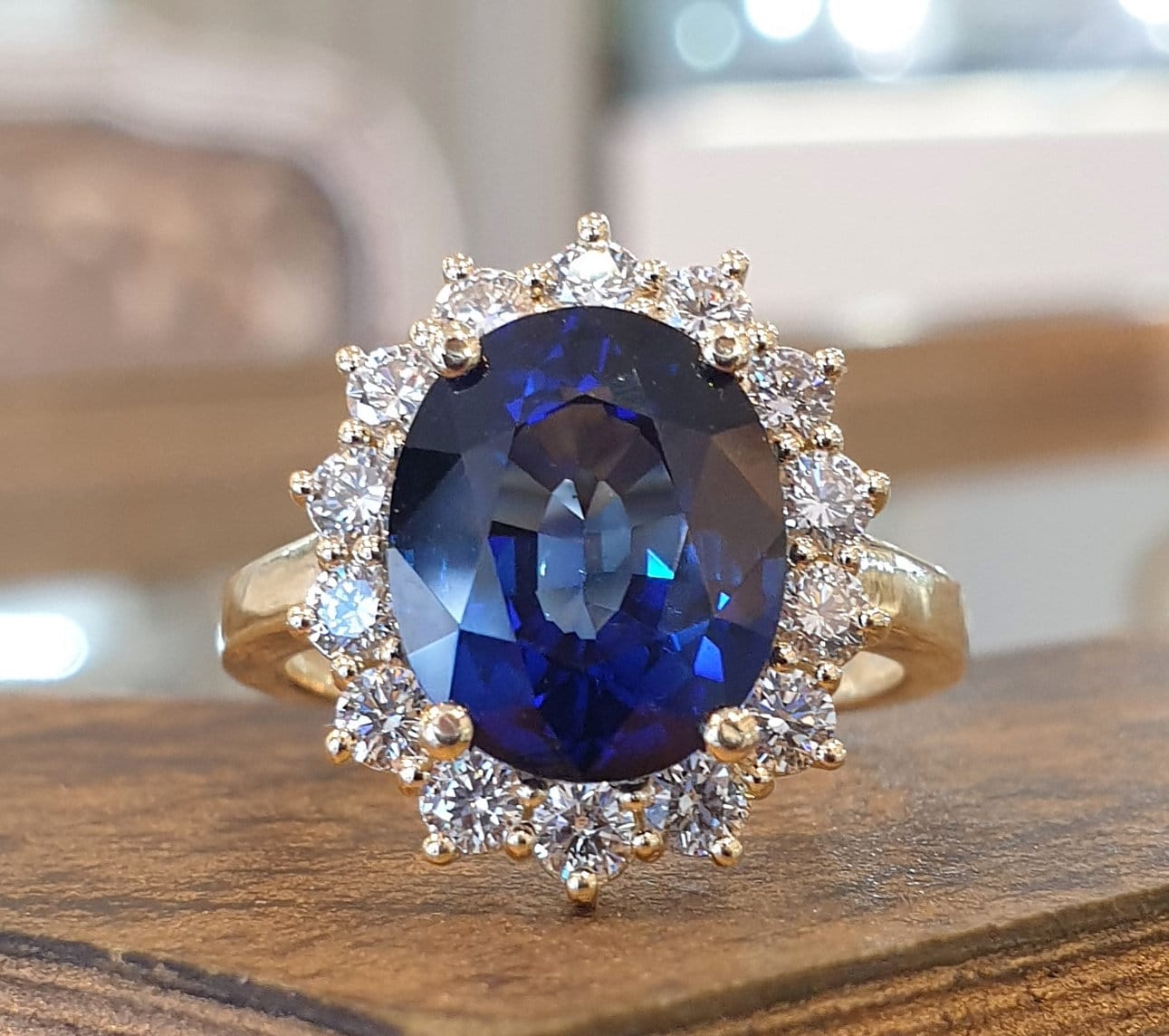


As for Harry, Burrell recalled him saying, "I remember when I held mummy's hand when I was a small boy and that ring always hurt me because it was so big.” For that reason, he chose her engagement ring. "I’d like mummy’s Cartier watch, the one that Grandpa Spencer gave to her for her 21st birthday," William said, according to Burrell. In The Diana Story, an Amazon Prime documentary released in 2017, it was revealed by her butler Paul Burrell that, upon Diana’s death, William and Harry were given the opportunity to choose an item of hers to have as a keepsake. That is, not until his younger brother, Prince Harry, gave him permission to do so. It was only in the 1990s that things changed and the designers of the world’s most precious jewellery let their imaginations take full flight.Interestingly, the ring wasn’t William’s to give to his future bride. Since high jewellery was so expensive and destined to be passed down through generation after generation, it was felt it had to be entirely classic in design. Fast-forward to Diana’s sapphire cluster and it was typical of high jewellery in the 1980s which, adds Becker, “was virtually all the three big gemstones (sapphire, ruby and emerald) framed by clusters of diamonds”.

Prince Albert designed a sapphire cluster brooch as a wedding gift for his young bride, Princess Victoria in 1840 (also created by Garrard). The traditional cluster style in fact had initially gained popularity 150 years earlier thanks to another royal wedding. “It was totally in tune with her style, she was the ultimate Sloane Ranger at the time,” says Becker. Whatever the true reason, her choice, according to jewellery historian and author Vivienne Becker, was entirely a conventional one for the teenage aristocrat.


 0 kommentar(er)
0 kommentar(er)
